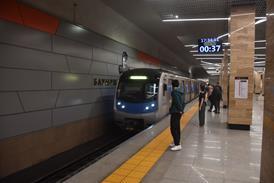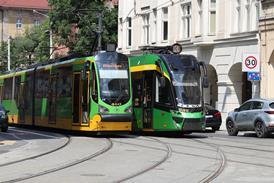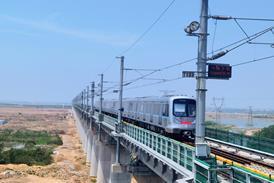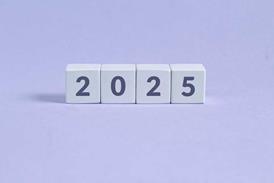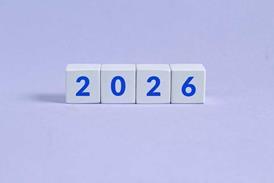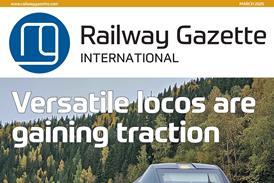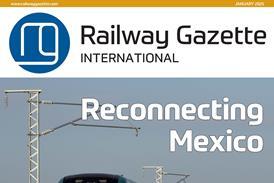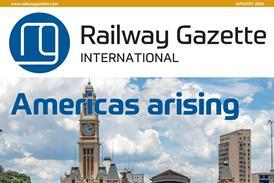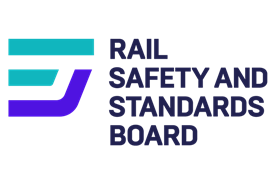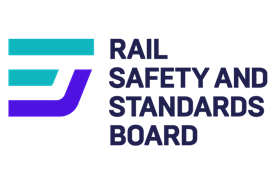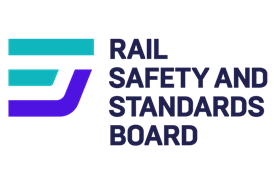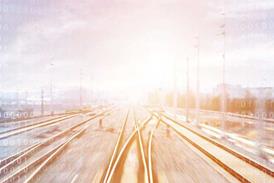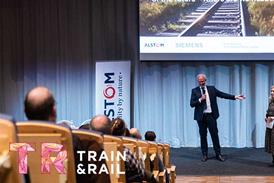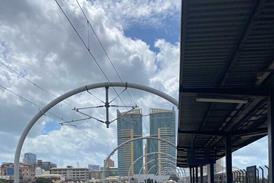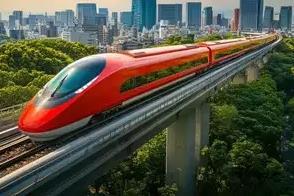
INDIA: As work continues on the 300 km/h Mumbai – Ahmedabad high speed line, Indian Railways has begun the development of indigenous trains suitable for operation on existing corridors at up to 250 km/h.
Under the terms of the Japan International Co-operation Agency loans being used to fund the 1 435 mm gauge Mumbai – Ahmedabad line, trains and signalling must be procured from Japanese suppliers such as Kawasaki and Hitachi. However, there have reportedly been concerns over the prices being cited, and Railway Minister Ashwini Vaishnaw made a three-day visit to Japan in September to discuss various issues affecting progress.
The minister was accompanied by the Managing Director of the National High Speed Rail Corp Ltd Vivek Kumar Gupta and IR Board Member for Infrastructure Anil Kumar Khandelwal. Gupta confirmed that ‘Japan, which is providing all the technical support and technology for running the bullet trains, is keen that the trainsets and the signalling system be purchased from Japanese suppliers only’.
Domestic trainsets
In October, IR announced that two prototype 250 km/h trainsets had been ordered from Bharat Earth Movers Ltd, following a competitive tender managed by IR’s Integral Coach Factory. The state-run business, which operates in the defence, aerospace, mining and rail sectors, is to build the eight-car trains at its Bengaluru plant for delivery at the end of 2026.
The air-conditioned trains are intended for daytime service, offering Chair Car accommodation with rotating and reclining seats and an onboard infotainment system, as well as provision for passengers with reduced mobility. The stainless steel bodied trains are expected to be tested at up to 280 km/h.
The contract with BEML is valued at Rs8·67bn, giving an average price per coach of Rs278·6m. However, this includes non-recurring design and development costs and a one-time investment in jigs, fixtures, tooling, and testing facilities.
IR has not yet indicated the corridors where it is looking to operate the 250 km/h trains, but Indian Railway Board officials confirmed that the prototypes would be built to 1 435 mm gauge for testing on the 50 km Surat – Bilimora section of the Mumbai – Ahmedabad line. IR has been developing its own 1 435mm gauge test track in Rajasthan with a view to exporting a standard gauge variant of the Vande Bharat trainsets used on the 1 676 mm gauge national network.
Former ICF General Manager Sudhanshu Mani, who led the development of the Train 18 prototype for the Vande Bharat family in 2017-18, has raised questions over the awarding of the contract to BEML, given that the supplier has no specific expertise in the high speed sector. He believes that IR should have kept the development of an indigenous 250 km/h trainset in house. Suggesting that this could have been done in three years, Mani told Railway Gazette that it would ‘channel India’s indigenous capabilities in the right direction, including a great opening in the field of exporting trains to “middle-income” countries’.
Premium corridors
IR has long been discussing the development of domestic trainsets to run at 200 to 250 km/h, with a view to offering end-to-end average speeds of at least 125 km/h. This is seen as a potentially cost-effective alternative to building dedicated high speed lines, particularly where the construction of the Dedicated Freight Corridors has freed up capacity on existing corridors. However, their introduction would require extensive infrastructure upgrading.
IR envisages that ‘semi-high speed’ passenger trains could replace premium inter-city services like the Rajdhani and Shatabdi expresses on the busiest arterial routes such as Delhi – Kolkata and Delhi – Mumbai. Both of these 1 500 km corridors currently offer best end-to-end journey times of 14 or 15 h.
At present there are relatively few places where the 160 km/h Vande Bharat EMUs can operate at their design speed. Most inter-city corridors are limited to 130 km/h, even though IR’s recent builds of electric locomotives and LHB coaches have been certified to run at 200 km/h.
Potential candidates for faster daytime services include the Delhi – Chandigarh – Amritsar, Delhi – Lucknow – Varanasi, Chennai – Bengaluru – Mysore , Hyderabad – Chennai/Bengaluru, Delhi – Agra – Bhopal, Delhi – Jaipur, Kolkata – Jamshedpur and Kolkata – Patna corridors. Longer routes would probably still require trainsets with sleeping accommodation.
IR insiders acknowledge that operation at higher speeds would require the main lines to be fenced throughout, along with resignalling and the roll-out of the Kavach train protection system. They favour the establishment of a multi-disciplinary task force to address all aspects of the high speed ecosystem holistically, operating in a similar ‘mission mode’ to the recent national electrification programme. The task force could include external stakeholders such as state governments and ancillary service providers for activities such as security, catering and maintenance.
Quasi-high speed services could be a real game changer for Indian Railways, but would need to be affordable. Insiders argue that fares should be set to compete with domestic air travel, while recovering the capital costs and making a reasonable profit after provision for depreciation, and avoiding any temptation to cross-subsidise other loss-making operations. They also emphasis that IR needs to focus on end-to-end journey times rather than sectional running speeds, minimising the number of intermediate stops and improving punctuality. Moving to a frequent service rather than one or two trains a day would improve the attractiveness of rail and provide the necessary capacity to handle significant volumes of passengers, they suggest.

